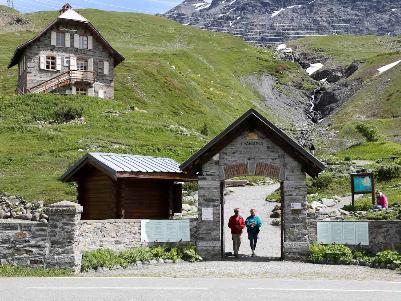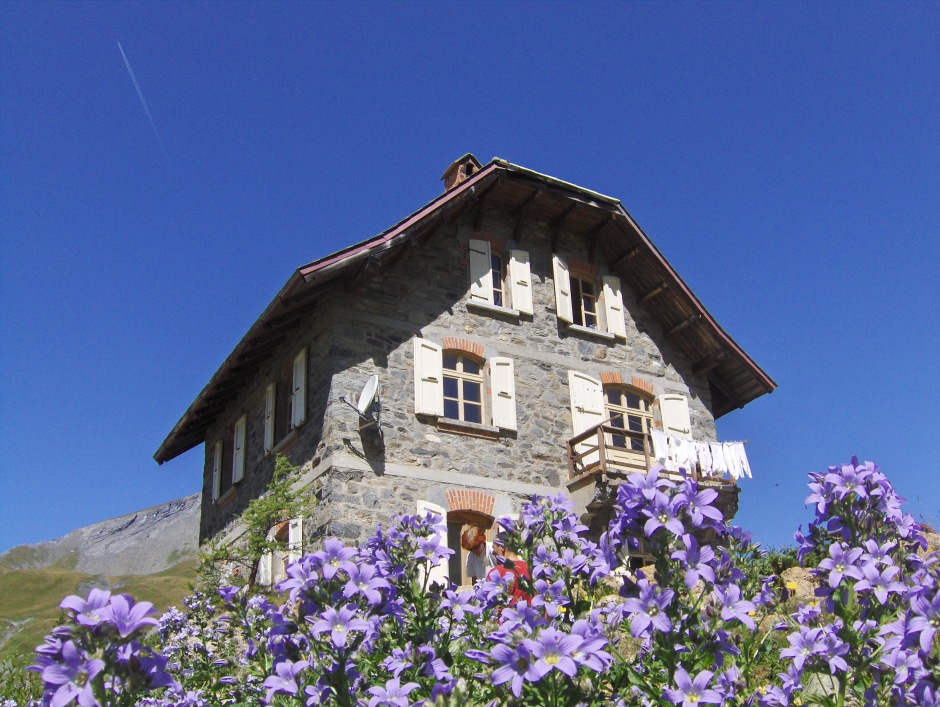
Chanousia Alpine Botanical Garden
This post is also available in:
 Italiano (Italian)
Italiano (Italian)
This botanical garden, the oldest in Italy and covering 2.4 acres, is near the French-Italian border, on the Piccolo San Bernardo Hill, at an altitude of 7.119 ft above sea level.
The garden was created by the local abbot Pierre Chanoux in 1897: a passionate naturalist, he was among the first residents to ask tourists and mountaineers not to collect too many flowers from the mountains. The alpine garden was thus born as a spiritual elevation for all the visitors, where to cultivate endangered species and admire the spontaneous flora. It was, unfortunately, destroyed during the Second World War and was rebuilt only in 1976, by the international Chanousia Association.
For most of the year, the garden is covered by snow (until the first half of July and even beyond): a particular climatic condition that dramatically shortens the growing season and affects the choice of plants to grow in this garden.
When the reconstruction of the collections began, an attempt was made to recognize which and how many species, among those cultivated before the abandonment, had survived; flower beds and paths were then thoroughly cleaned and re-arranged. The old flower beds were restored and new ones were later built. Over the years, new species have been introduced in this wondrous garden, mostly collected in nature and transplanted.
Chanousia Garden has a laboratory and a small museum which preserves its botanical and historical heritage
BOTANICAL COLLECTIONS
The peculiar natural environments of the local mountain areas have been painstakingly recreated, including siliceous rock formations, alpine pastures and the alpine lake habitats. The symbol of the garden is the Campanula thyrsoides, which grows only in these areas.
The spontaneous vegetation is made of cleared pastures and, at the edge of the wood, larch trees (Larix decidua) and spruces (Picea abies).
In the environments mimicking the alpine habitat, there are plant species such the stinking primrose (Primula hirsuta), the two-flowered saxifrage (Saxifraga biflora), and the purple mountain saxifrage (Saxifraga oppositifolia).
There’s also the white water crowfoot (Ranunculus aquatilis), the Achillea moschata, and sedge (Carex curvula).
This post is also available in:
 Italiano (Italian)
Italiano (Italian)
Contatti
Via Marcello Collomb 3 - La Thuile(AO)
342 8252189
info@chanousia.org
Altre info
A pagamento: intero 3,00 euro, gruppi (min 10 persone) 2,00 euro, bambini (meno di 12 anni) gratuito.
Dai primi di luglio alla terza domenica di settembre, tutti i giorni dalle ore 9.00 alle ore 18.00


